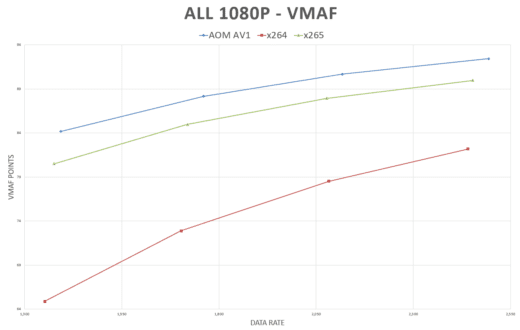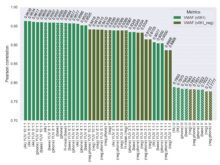This week’s lesson is an updated lesson for my course, Computing and Using Video Quality Metrics: A Course for Encoding Professionals. The agenda is shown in the YouTube frame.
The lesson starts with an overview of rate-distortion curves and BD-Rate functions, what they are, and how you create them. Then I get into a pet peeve; academic codec comparisons vs. real-world comparisons. Ever wonder why so many academic comparisons found that AV1 produced about the same quality as HEVC while real-world studies find AV1 significantly better? Here’s your answer.
Note that you should review all projections for VVC and EVC with some degree of skepticism. Why? Because part of both licensing structures includes the ability to remove encoding tools from some profiles to simplify licensing. So, if one company doesn’t want to license their IP at a reasonable rate, the MC-IF can create a profile that excludes that IP and move on (see here). As far as I can tell, most early quality comparisons with the VVC reference codec use all tools in the spec. However, we won’t know which tools are in or out until licensing is set, which is at least 3 – 12 months away for VVC, possibly longer for EVC.
Another issue with BD-Rate figures is that they don’t accurately reflect the benefit a company will achieve by deploying a new codec. This is for two reasons. First, you compute BD-Rate figures by encoding a video to four different data rates or CQ values at the same resolution. How closely does this match your encoding ladder? BD-rate stats should be based on a real encoding ladder.
Second, BD-Rate figures don’t consider which rungs in your encoding ladder your viewers actually watch. If all viewers watch the top rung, you should harvest most of the theoretical benefit of traditional BD-Rate computations. However, if most viewers retrieve the middle rungs, you’ll get very little bandwidth savings from a more advanced codec. QoE improvements, yes, but not bandwidth savings.
What’s the answer? Weighted average bandwidth and quality computations that use your actual encoding ladder and rung distribution statistics. You’ll see an example of that late in the video.
The bottom line is that for academic comparisons, traditional BD-Rate stats are interesting but may not be particularly relevant to your business. To figure out how much bandwidth a new codec will save your company, you should perform a weighted average computation using your own encoding ladder and rung usage statistics. Contact me at janozer@gmail.com if you’d like some help formulating such a test.
 Streaming Learning Center Where Streaming Professionals Learn to Excel
Streaming Learning Center Where Streaming Professionals Learn to Excel










